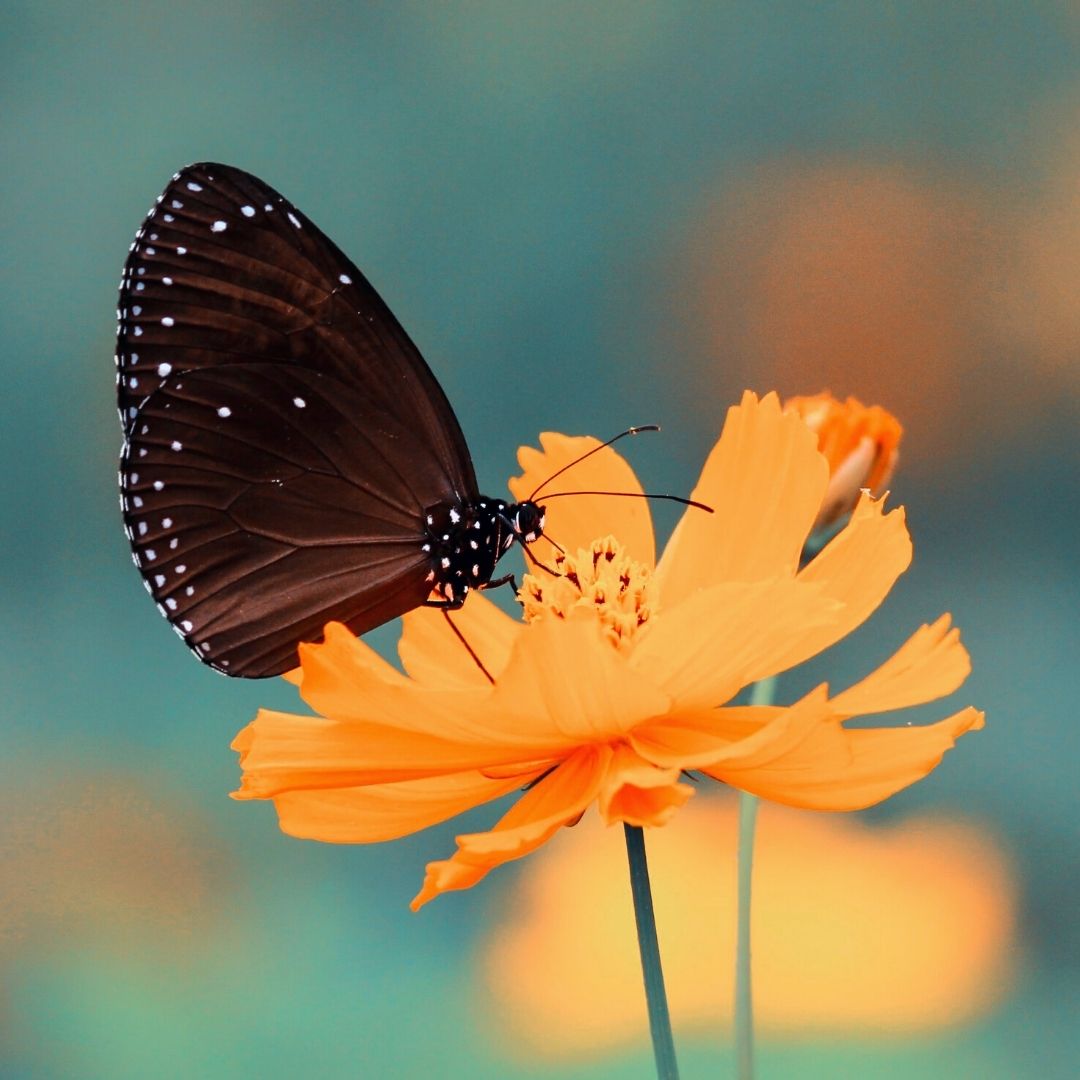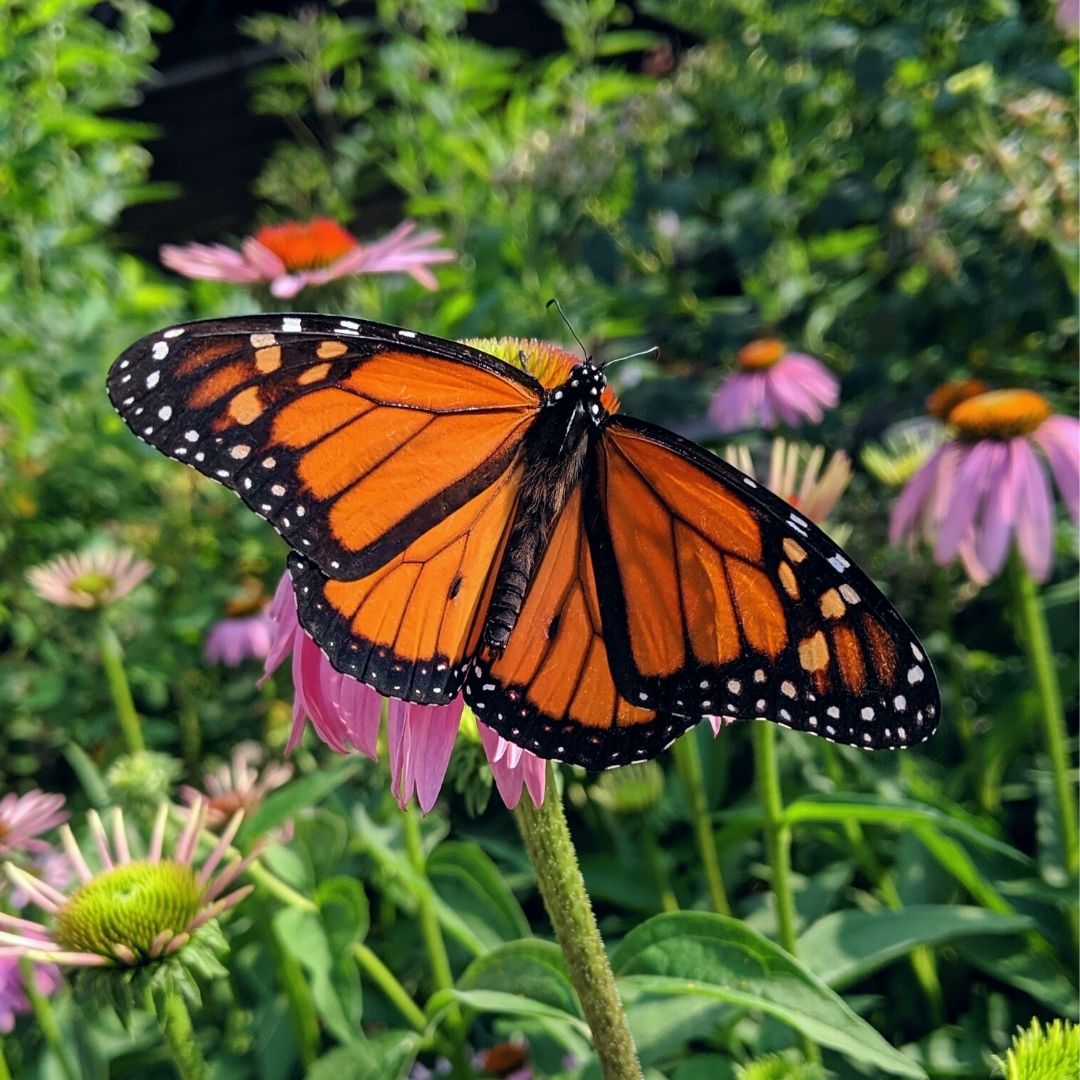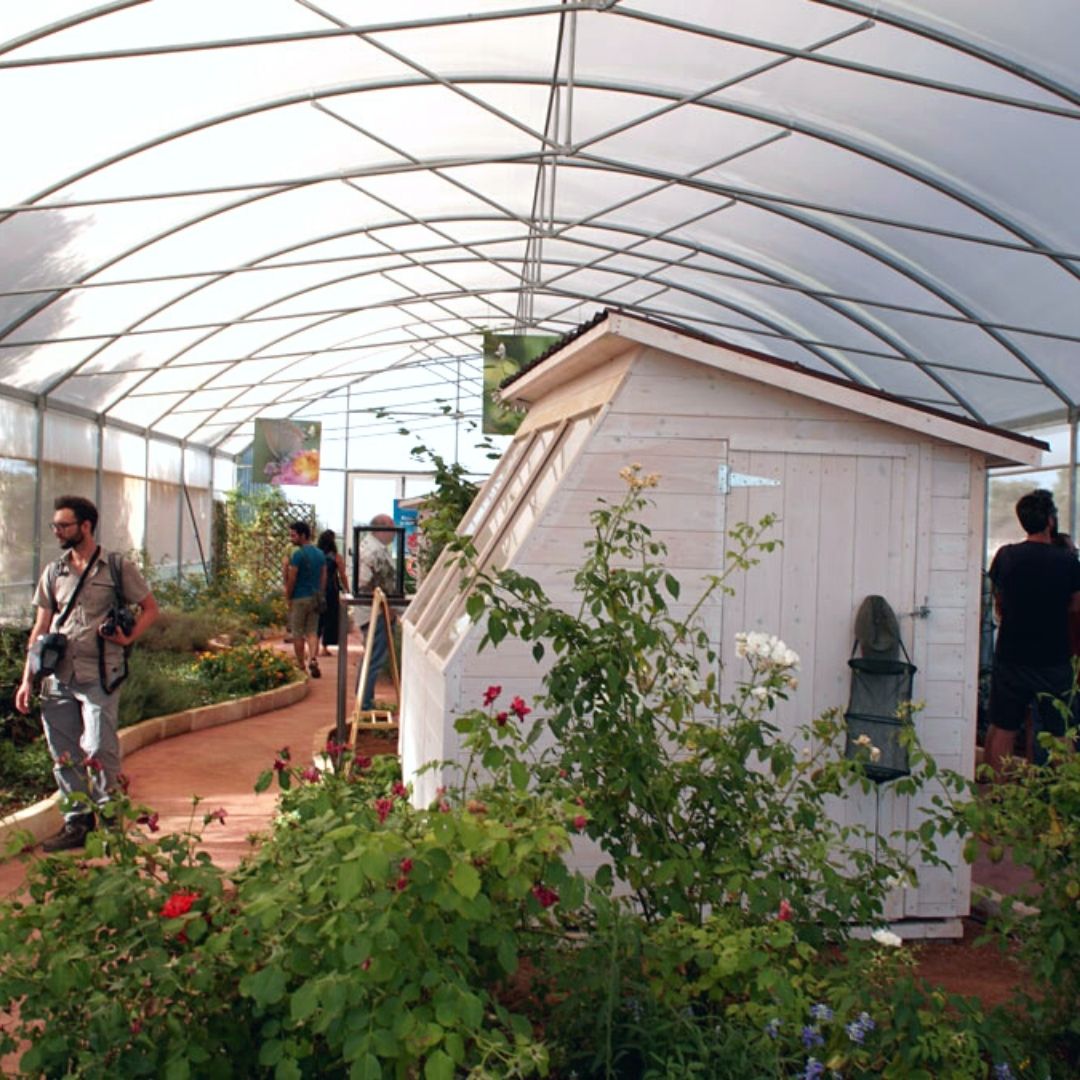Did you know that there are over 230,000 species of butterflies and moths around the world? Each species is beautiful and unique, but sadly, we’ve seen a 50% decline in butterfly and moth populations in the past decade alone. Luckily, Friends Of The Earth have launched a fantastic project for you to help — all you need is your phone!


What Is The Global Butterfly Census?
In January, Friends Of The Earth launched their Global Butterfly Census! It’s a tool that allows citizens from all over the world to send in their butterfly pictures, and with them, Friends Of The Earth are creating an interactive map and database. The aim? To stop the dramatic decline of butterfly and moth populations and gather information to design conservation measures.
Because butterfly and moth populations are difficult to track, this interactive database may shed some light on where these species are, how many are left, and their behaviours.
All you need to do is take a photo of the butterfly or moth and send it to WhatsApp +39 351 2522520 with your current location. Then, Friends Of The Earth will reply with the name of the species and input the data into their system!


Saving Butterfly & Moth Species From Extinction
The current state of global butterfly and moth populations is pretty alarming. Have you ever seen a beautiful Monarch Butterfly? They’re probably the most recognisable butterfly in the world. Sadly, these beautiful orange and black butterflies are on the verge of extinction — it’s estimated that Monarch Butterfly populations have declined by 99% in the past 40 years. In the UK, around 3/4 of butterfly species are in decline.
According to Friends Of The Earth, “butterflies and moths have been deeply impacted by a warming climate and habitat loss due to human activities, particularly non-sustainable agricultural development, and use of pesticides”.
For the Monarch Butterfly, climate change is disrupting their migration due to cold, wetter winters and hot, drier summers.
Italy’s ‘Butterfly House’ Protects Endangered Species!
To take a look at butterfly conservation in action, we’d have to travel to Italy (no complaints here!). The ‘Farfalia’ Butterfly House, located in the Lama degli ulivi Botanical Garden in Monopoli, is a joint project between Friends Of The Earth and Polyxena Association. Inside the 90m2 structure is a Mediterranean-inspired habitat for more than 27 species.
The purpose of the Butterfly House is to gain knowledge on endangered native butterfly species, identify key threats and find suitable protective measures to prevent their extinction — and, most importantly — to breed endangered species and release the butterflies back into nature. The structure itself is designed to protect the butterflies and plants from predators, parasites and chemicals, which allows the butterflies to breed.


Are Australia’s Butterfly & Moth Populations In Decline?
In Australia, around 26 butterfly species are facing extinction, and only 6 of these are protected under law. The Pale Imperial Hairstreak — a once-common butterfly in Queensland and NSW — faces a 42% chance of disappearing within the next two decades. Around 90% of its woodland habitat has been cleared, and as a result, the butterfly’s numbers have declined rapidly. The Australian Fritillary, an exquisite butterfly with leopard-print spots, is 94% likely to be extinct by 2040.
The good news is that with proper conservation measures, like protecting common butterfly habitats from clearing, weed infestation and bushfires, many of these butterfly species can make a full recovery. Much like the Global Butterfly Census, you can look up photos and information and record and upload your own butterfly sightings on the Butterflies Australia app!
Butterflies and moths are beautiful, fragile creatures that need our help to survive. Because these species are extremely difficult to locate and track, it’s up to us (citizen scientists) to share our observations with the Global Butterfly Census and Butterflies Australia. Our photos of butterflies and moths can actually help to shape conservation strategies, and hopefully, contribute to the survival of these endangered species.
We love hearing about amazing wildlife conservation projects! For more examples, head to our Eco News category and check out the blogs below.
Victorian Man Discovers 1,200+ Species In His Backyard!
Australia’s First Predator-Free Haven Will Protect The Endangered Northern Bettong


